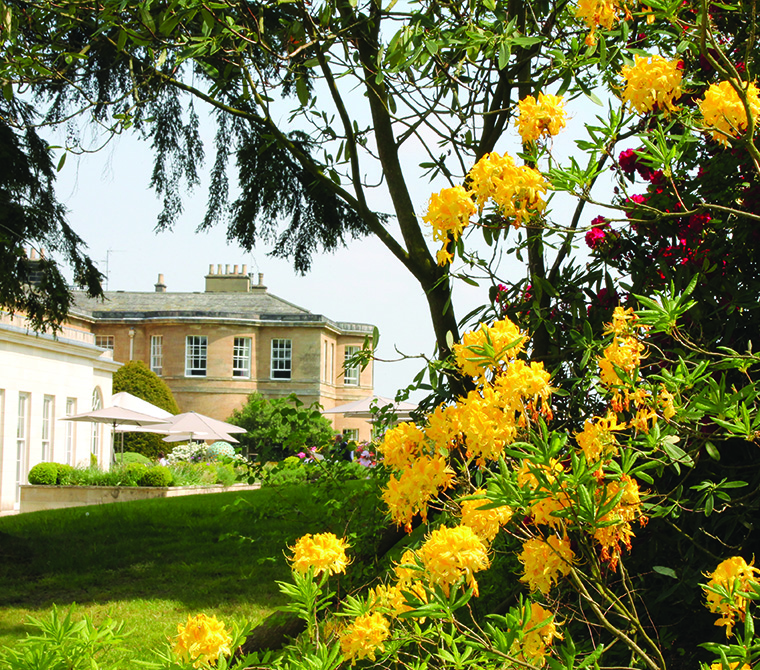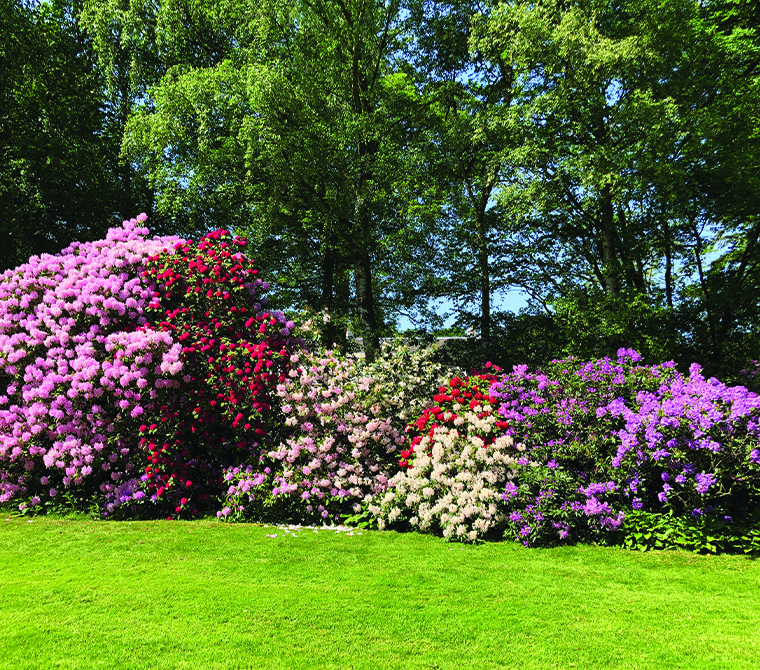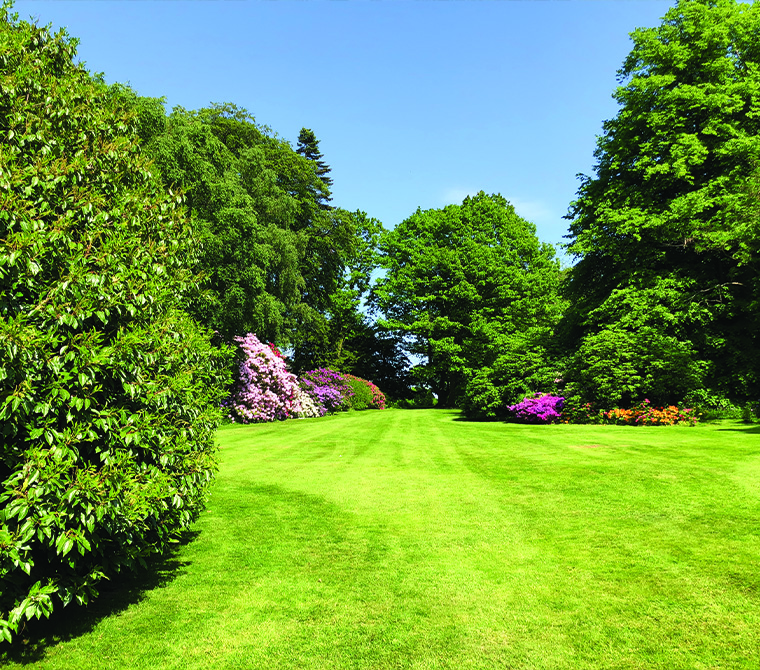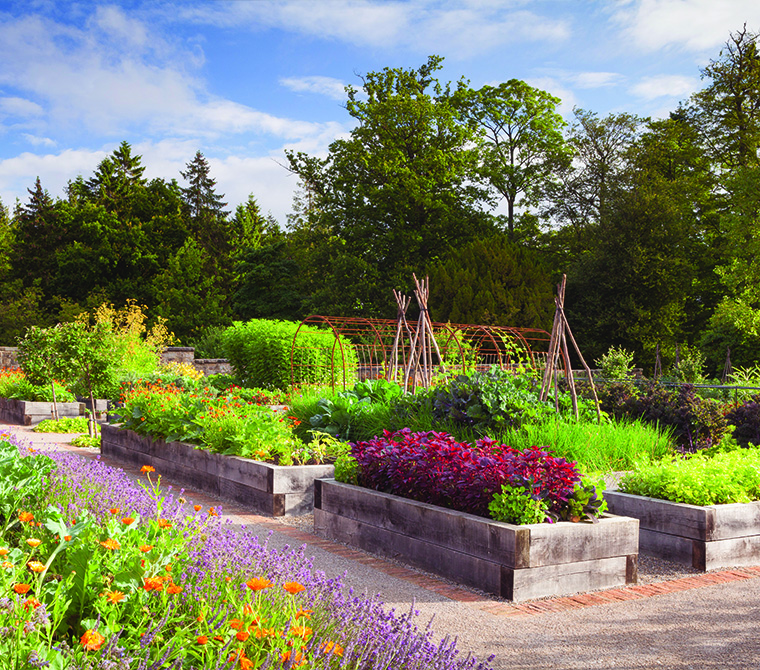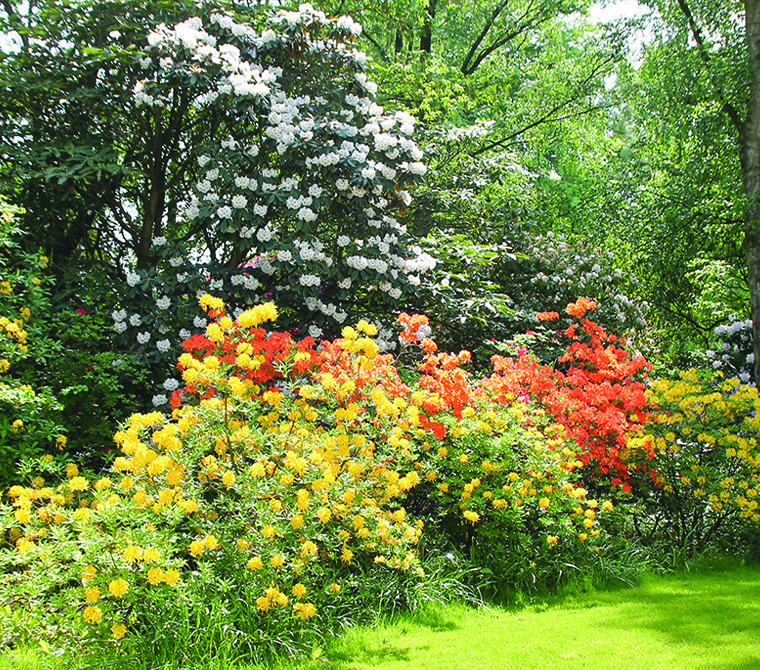Gardens Practical and Decorative
GARDEN EXPERIENCES
-
 Kitchen Garden Tour with Lunch
Kitchen Garden Tour with Lunch -
 Kitchen Garden Tour with Afternoon Tea
Kitchen Garden Tour with Afternoon Tea -
 Breeze House Private Events
Breeze House Private Events
see galleries
Landscaped Gardens and woodland
Rudding Park is set amongst 300 acres of landscaped gardens and woodland and guests are welcome to explore.
There are three landscapers who left their footprint, the most famous of which is Humphrey Repton, an English landscape designer around the same time of Capability Brown. He came to the north and designed the landscape in about 1785.
Repton liked to have a dividing line between the nature and the ‘kept’ part eg, the ‘ha ha’ – a 6ft ditch that you couldn’t see from the House. The Deer, as the estate used to be a Deer Park, then couldn’t get to eat the roses and the view from the House is unobscured.
Repton had little tricks to provide different views of the House from different angles within the landscape. He would also have an ‘eye-catcher’ at the end of the view. A really good example here is the lake. It wasn’t original – it was created as part of Repton’s design.
The eye catcher for the Cedar Avenue is at Rudding Dower. There used to be a Cedar Avenue on the other side which runs through where the gardens are now, but they blew down in 1953.
It makes a fantastic golf course as all the avenues he created make really good fairways!
Rudding Park stands on what used to be the Forest of Knaresborough, it was a private hunting estate for King Henry VIII. Poor people weren’t allowed onto the estate and couldn’t hunt the deer – if they got caught they would be hung for stealing the King’s venison.
There is an old hollow Oak Tree on the estate which is over 700 years old (with an oak tree you measure the girth and for every yard around the tree it’s about 100 years old). So we like to think that Henry VIII might have seen the tree.
After the war, a gentleman called James Russell was also involved in the garden and helped to introduce a lot of the Rhododendrons found around the grounds, and are at their best in May and June.




